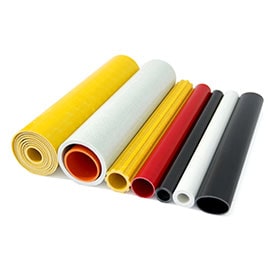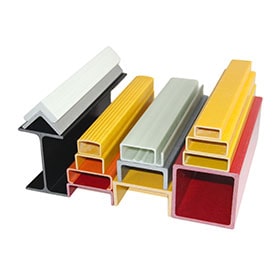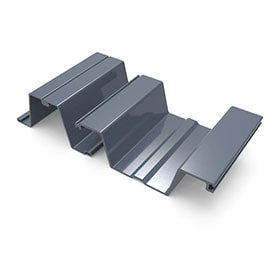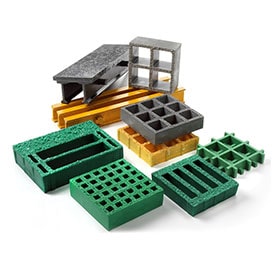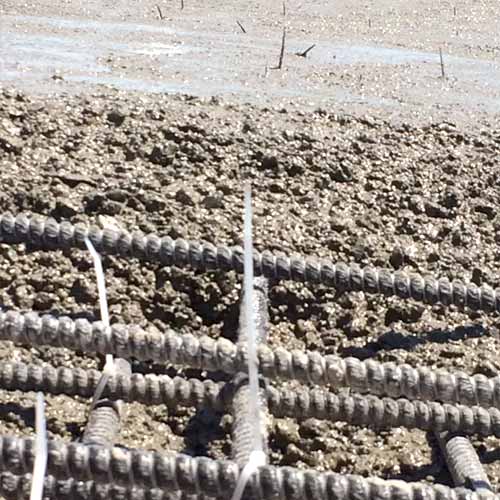
Fiber-reinforced polymer (FRP) composites are materials that consist of a polymer matrix reinforced with fibers, such as glass, carbon, or aramid. FRP composites have many advantages over conventional materials, such as high strength-to-weight ratio, corrosion resistance, durability, and design flexibility. FRP composites have been widely used in various fields, such as aerospace, automotive, marine, and civil engineering.
One of the most promising applications of FRP composites is in construction, especially in bridge construction. Bridges are critical infrastructures that require high performance and long service life. However, many bridges suffer from deterioration and damage due to aging, environmental factors, and traffic loads. FRP composites can offer solutions to these problems by providing lightweight, strong, and durable materials that can replace or retrofit existing bridge components.
Some examples of FRP composites in bridge construction are:
FRP decks: FRP decks are prefabricated panels that can be installed on steel or concrete girders to form the bridge surface. FRP decks have lower self-weight than conventional decks, which reduces the dead load and increases the live load capacity of the bridge. FRP decks also have better fatigue and impact resistance than concrete decks, which improves the safety and reliability of the bridge.
FRP girders: FRP girders are structural members that support the bridge deck. FRP girders can be designed to have different shapes and sizes to suit different bridge spans and geometries. FRP girders have higher stiffness and strength than steel or concrete girders, which allows for longer spans and reduced number of supports. FRP girders also have lower maintenance costs than steel or concrete girders, which saves money and resources.
FRP cables: FRP cables are tension elements that are used in cable-stayed or suspension bridges. FRP cables have higher tensile strength and lower weight than steel cables, which enables longer spans and more slender structures. FRP cables also have better corrosion resistance and durability than steel cables, which extends the service life of the bridge.
FRP composites are not only used in new bridge construction, but also in bridge rehabilitation and strengthening. FRP composites can be applied to existing bridge components, such as beams, columns, slabs, joints, or connections, to enhance their performance and extend their service life. Some methods of using FRP composites for bridge rehabilitation and strengthening are:
FRP wrapping: FRP wrapping is a technique that involves wrapping FRP sheets or fabrics around concrete or steel members to provide confinement and increase their strength and ductility. FRP wrapping can also prevent or delay the corrosion of steel reinforcement or the cracking of concrete.
FRP bonding: FRP bonding is a technique that involves bonding FRP plates or strips to the surface of concrete or steel members to increase their flexural or shear strength. FRP bonding can also improve the stiffness and crack resistance of the members.
FRP prestressing: FRP prestressing is a technique that involves applying a pre-tensioned force to FRP tendons that are embedded in concrete or attached to steel members to increase their strength and reduce their deflection. FRP prestressing can also reduce the stress concentration and fatigue damage of the members.
In conclusion, FRP composites are innovative materials that have great potential in construction, especially in bridge construction. FRP composites can provide lightweight, strong, durable, and flexible materials that can improve the performance and service life of bridges. However, there are also some challenges and limitations that need to be addressed before the widespread use of FRP composites in construction, such as cost-effectiveness, fire resistance, environmental impact, standardization, and quality control.
 +86-15303735673
+86-15303735673 Jessica@frpzs.com
Jessica@frpzs.com
 Technical Data
Technical Data


